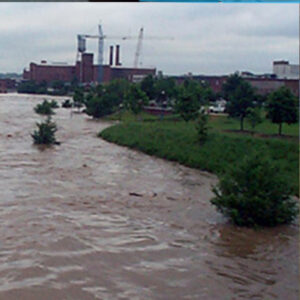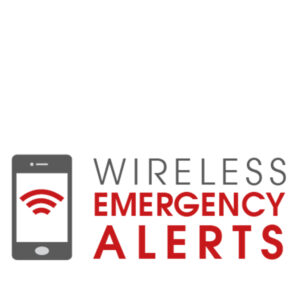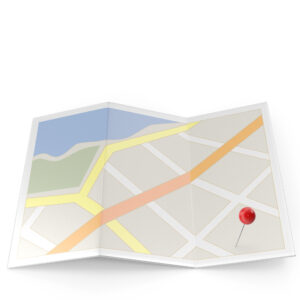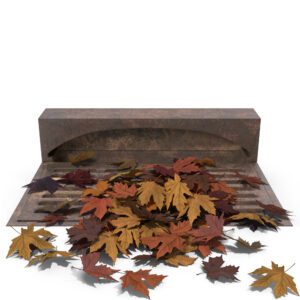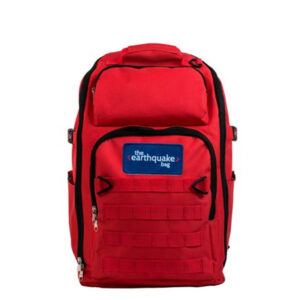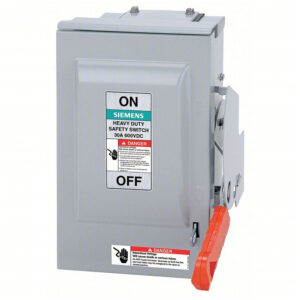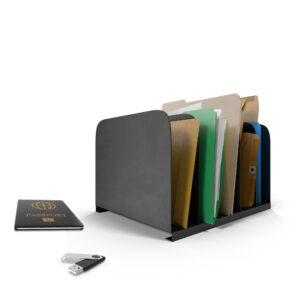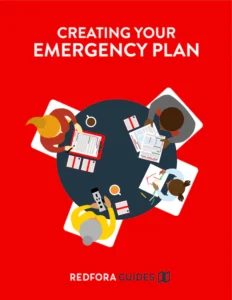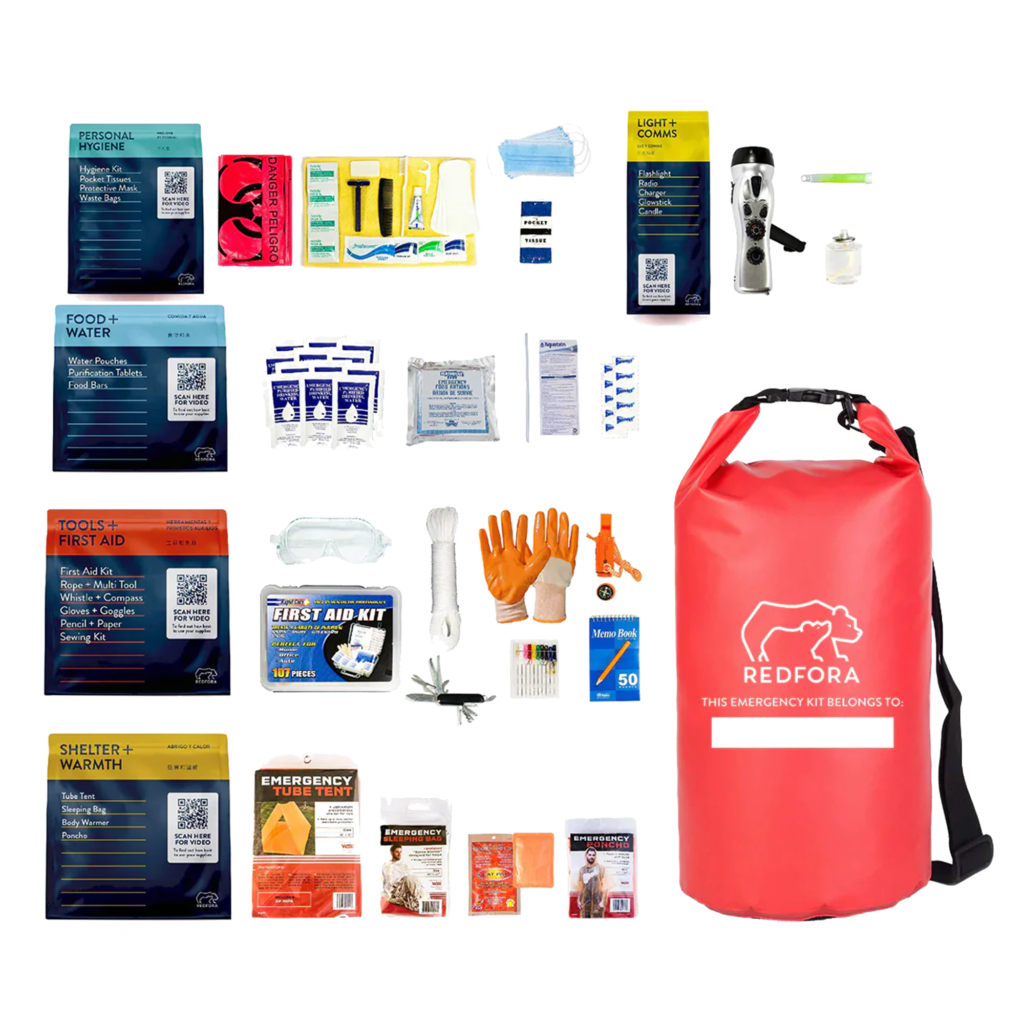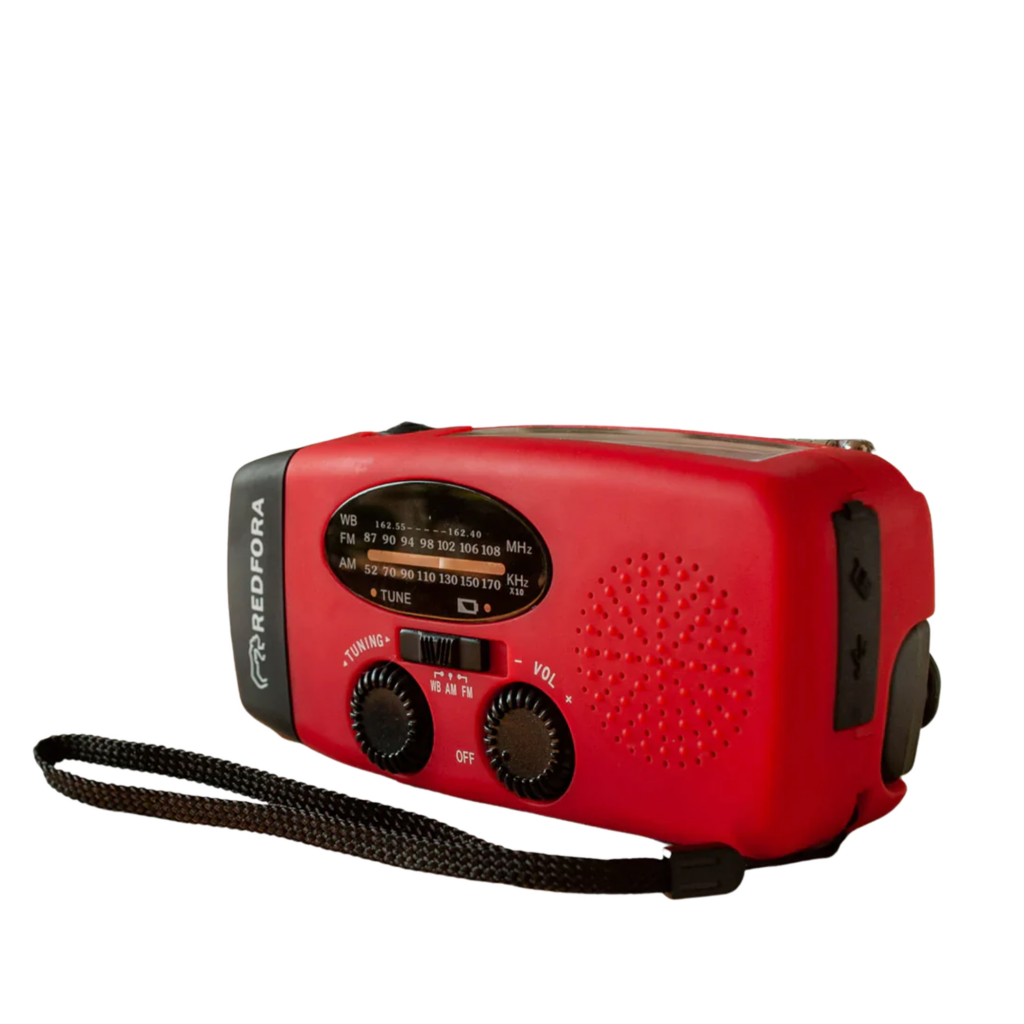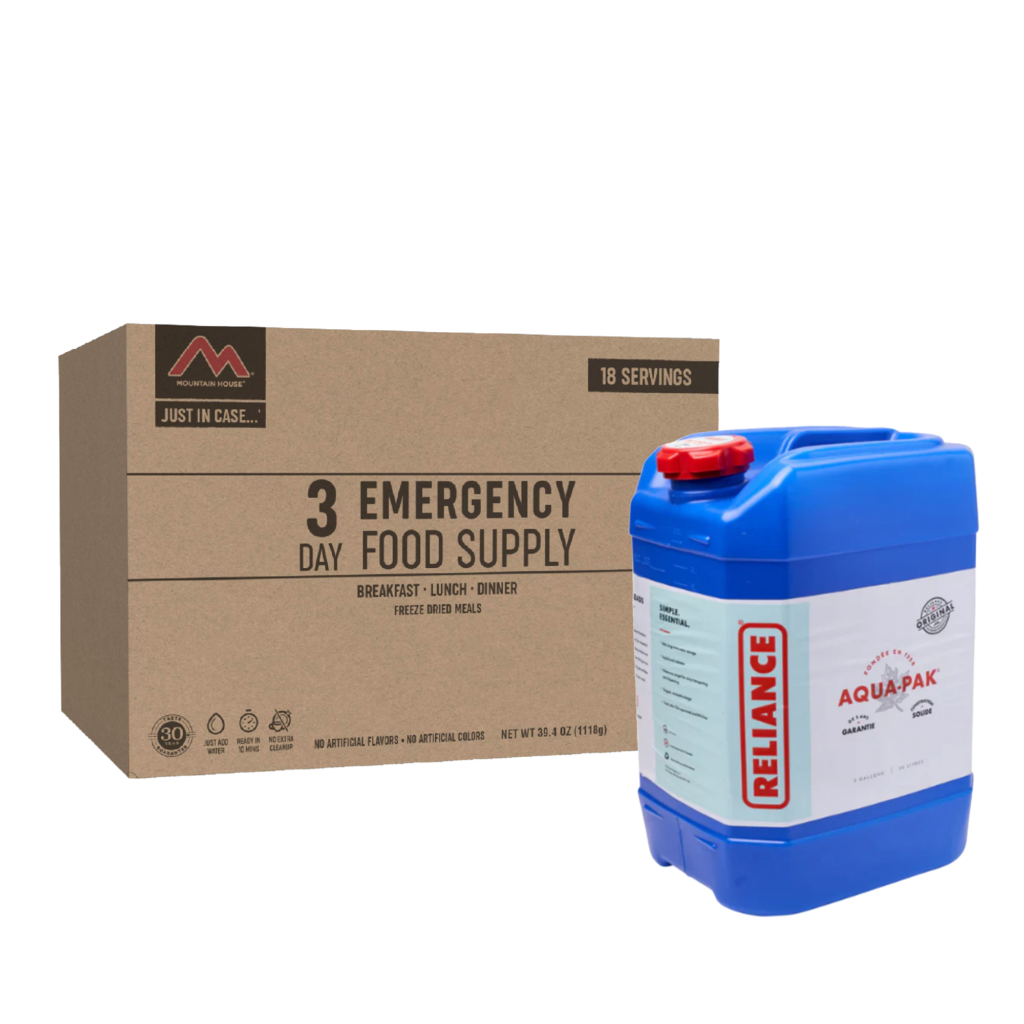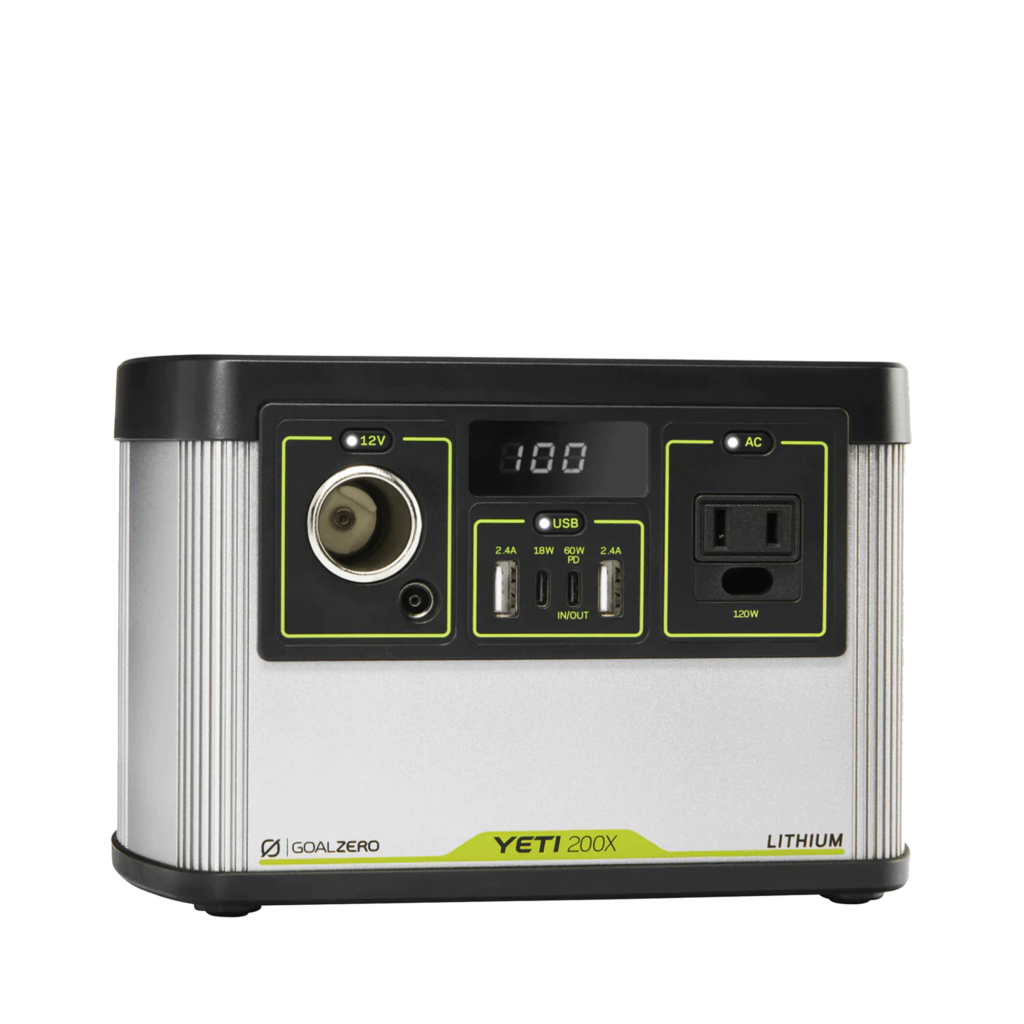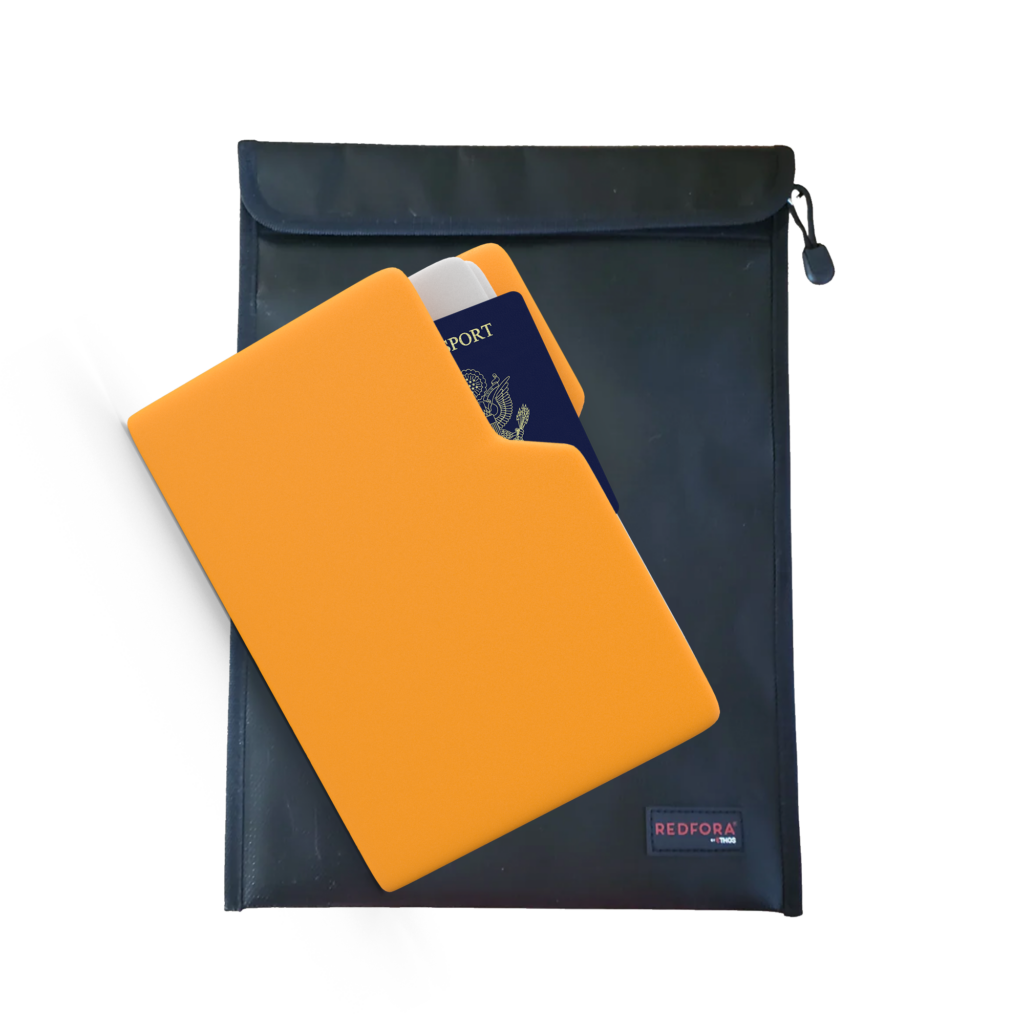
Is your workplace ready for anything? Access in-depth educational resources through our LMS Program, and get prepared. Reach out today to get started.
At FEMA’s Flood Map Service Center, you can enter your address to pull up a local map graphing your city and neighborhood’s flood risk. With all due respect to the good folks at FEMA, this website provides a pretty rough user experience. If you lose hope, visit Risk Factor as an alternative. (This should not be construed as an endorsement of their services – just their maps!) You may find that you live outside of the flood zone, face a 0.2% annual flood risk (aka a 500-year flood plane) or a 1% annual flood risk (aka a 100-year flood plane). Several things should be kept in mind as you take in the data. The first is that virtually no place is completely free of a flood risk, especially in an era of rapid climate change. If the map indicates that your home is not on a flood plane, it means that flooding is improbable – not impossible. If your home is on a 100-year flood plane, your flood risk is high, despite the suggestive improbability of the name.
Flooding is not covered in standard home owner’s insurance. If you’re renting in a flood zone, your landlord’s flood insurance will not cover the contents of items damaged in your home. Furthermore, Homes and businesses in high-risk flood areas with mortgages from government-backed lenders are required to have flood insurance. Refer to FEMA to begin educating yourself of all things flood insurance.
You should heed the recommendations of emergency authorities. If you are urged to evacuate, do so quickly. The most dangerous place that you can find yourself during a flood is in your car. Knowing that, authorities will try to prompt evacuations before the roads themselves are at risk of flooding. Once the window for a safe evacuation has passed, you will be urged to shelter in place so as to not face dangerous flood waters in your car. Visit our Assembling a Go Bag and Sheltering in Place pages to learn more.
The local news is an obvious choice during the day, but that won’t help you in the event that flooding occurs during the night. To ensure that you receive the most timely information day and night, sign up for your county’s Wireless Emergency Alerts (WEA). WEA is a public safety system that allows people with mobile devices to receive geographically targeted messages when there is an imminent safety threat in the area. Look up the name of your county + “wireless emergency alerts” to ensure that local emergency officials are able to reach you.
The primary difference is the speed with which the flood manifests. In the event of a flash flood, high waters can arrive in a space of seconds or minutes, as opposed to a regular flood, which builds gradually over a period of hours or days.
Essential Flood Preparedness Steps
Know Your Flood Zone
Do you know if you live in a 100-or 500-year flood plane? The magnitude of your risk will inform the extent of your preparedness.
Stay Informed
Keep an eye on the local news and sign up for your county’s Wireless Emergency Alerts to receive the most up-to-date in notifications.
Plan Your Evacuation
In the event that you need to evacuate, consider a place nearby (with family and friends if you can) that is outside the flood zone.
Maintain Your Property
Keep your home’s gutters and your street’s storm drains clear of debris. This infrastructure is meant to carry water away from your home.
Know Your Utilities
It may be necessary to turn off your gas, water and electricity to prevent secondary hazards. Make sure you know how.
Protect Your Files
What documents do you need to recover if you lost your home? Make photocopies or store on a flash drive in your kit. Learn more here.
Shop for Flood Supplies at Redfora
Subscribe to our newsletter and get $10 off your first order over $99.
